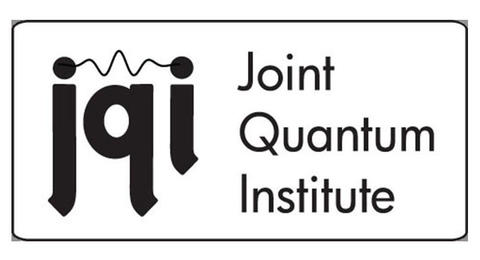Summary
Theory is being developed and used to devise methods for preserving and exploiting the quantum behavior of ever-larger systems for metrology, communication, and information processing.
Description

Human-scale physical phenomenon represent the emergent, complex behavior of simple, microscopic laws. In the past twenty years, improved understanding of these microscopic laws have suggested that typical large-scale systems — those used in modern day technology from transistors to mechanical sensors to radios — do not take full advantage of what is allowed by quantum mechanics. Specifically, looking at these systems from an information technology perspective, we can say that information as represented in quantum mechanics is richer than is allowed in the emergent, classical setting. In looking for applications of this feature of the natural world, we focus on implementing new methods for metrology, secure communication, simulation of physical systems, and even information processing.
Avenues of theoretical research include:
- Investigating the performance and limits of quantum devices, including methods for interfacing disparate subsystems such as atoms and superconducting quantum bits to take best advantage of properties of each;
- Developing applications for quantum technologies in measurement science, communication, and computation, such as approaches for nano-scale magnetic sensing or long-distance quantum key distribution;
- Considering novel roles for dissipation, not only in understanding how it limits coherence in quantum systems, but also for cooling systems and even correcting errors in a quantum computation.

